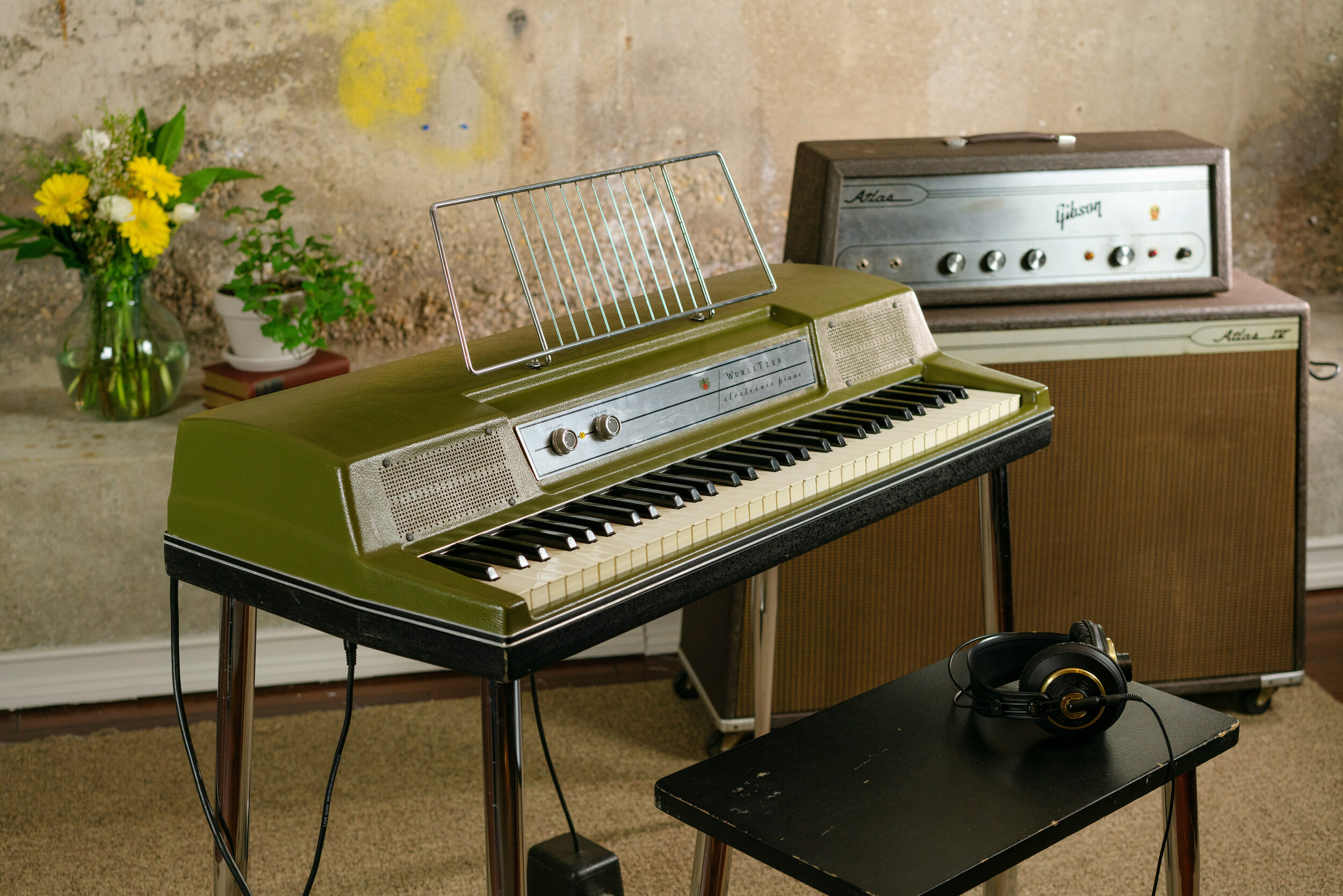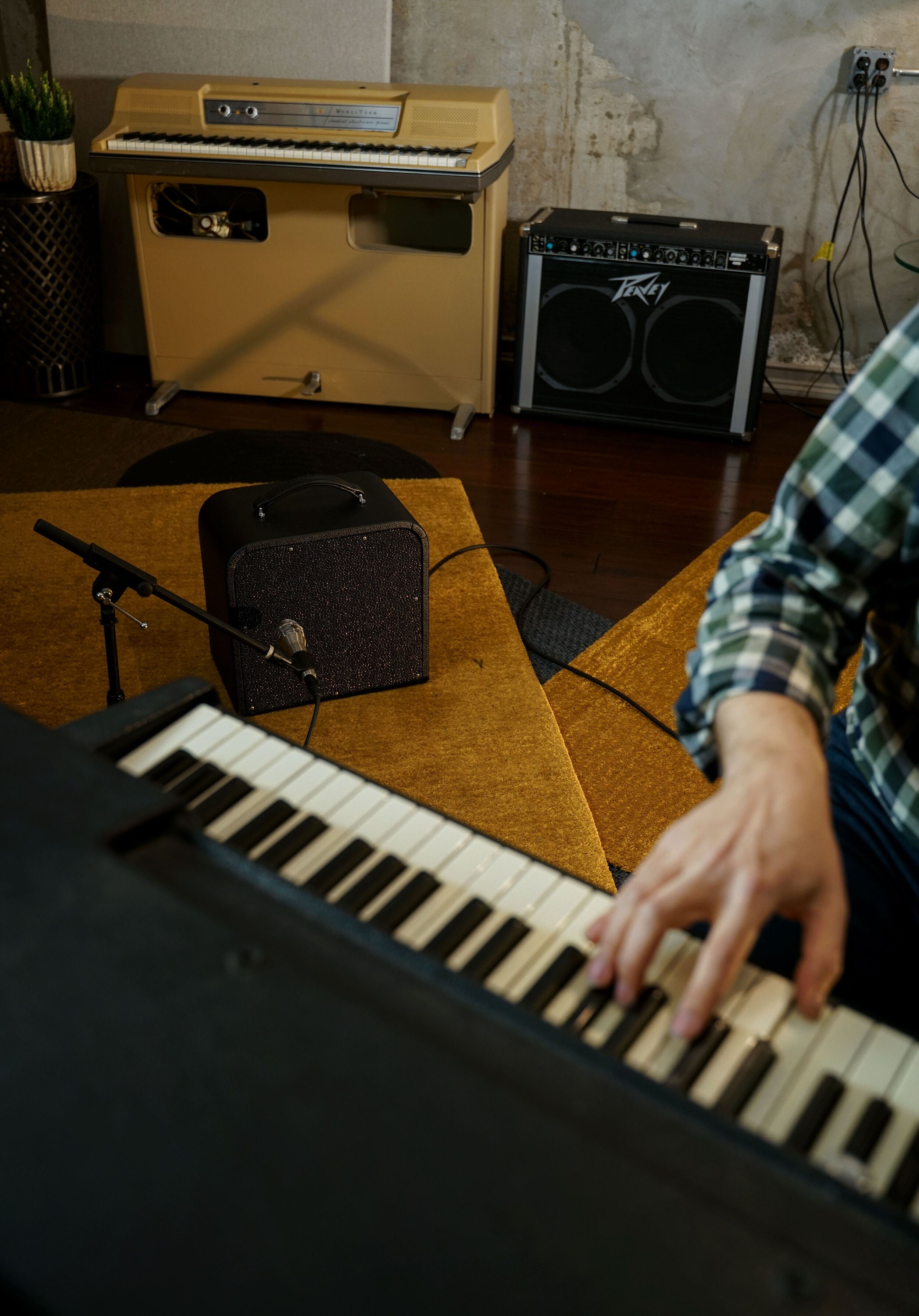What is the difference between a Wurlitzer's headphone output and aux output?
Although both the Wurlitzer’s headphone out and aux out are (obviously) outputs, they tap the signal from very different points in the circuit. In this article, we’ll describe the differences between the two outputs, so that you can choose which one is better for your application.
Should I use a Dynamic or Condenser Microphone? On the two main types of microphones used in audio recording
If you have read our previous article, Audio Recording at Home for Social Media, you should have a good idea on the basic equipment needed to achieve great-sounding audio recording anywhere. Now you might be ready to dive deeper into some microphone specifics, such as what type of microphone is best for your application. In this article, we will leave out specific microphones (such as ribbon mics) that achieve nuanced colors in your audio and stick to two main categories: dynamic and condenser mics. Understanding the difference between these two types of mics will give you a grasp on how to handle most micing tasks thrown your way.
Essential Accessories for Wurlitzer Electronic Pianos
A Wurlitzer is a self-contained instrument. Thanks to its onboard speakers and onboard amplifier, all you truly need to get started playing a Wurlitzer is the Wurlitzer itself. No external amps or accessories required!
Of course, there are a few pieces of gear that will make your Wurlitzer perform at its fullest potential. Here’s what we recommend:
Techniques for Recording a Wurlitzer Electronic Keyboard
The Wurlitzer electronic keyboard was first commercially released by Wurlitzer in 1955 as a convenient (and potentially silent) tool to practice and study piano. But, almost immediately after its release, the instrument was discovered by professional musical talent such as Ray Charles and found its way to stages and recording studios. Because of the instrument’s unmistakably unique and warm tone and numerous practical advantages, it was a solid choice for recording artists from the very beginning.
Do I need a preamp for recording my synth?
Short answer- ‘need’ is a strong word, but your synth tracks would certainly benefit greatly from a preamp. Simply put, adding a preamp to your synth lines will make them come through a little stronger and have more impact on the mix. Any preamp, whether they be solid state or tube are designed to make your signal louder.
We have done some A/B testing with one of our favorite analog synths, the Korg Minilogue, and found that a preamp or external tube amp helps the synth to stand out. It goes without saying that you will be using a wide range of synth voices so where and when a preamp adds the most will vary.





